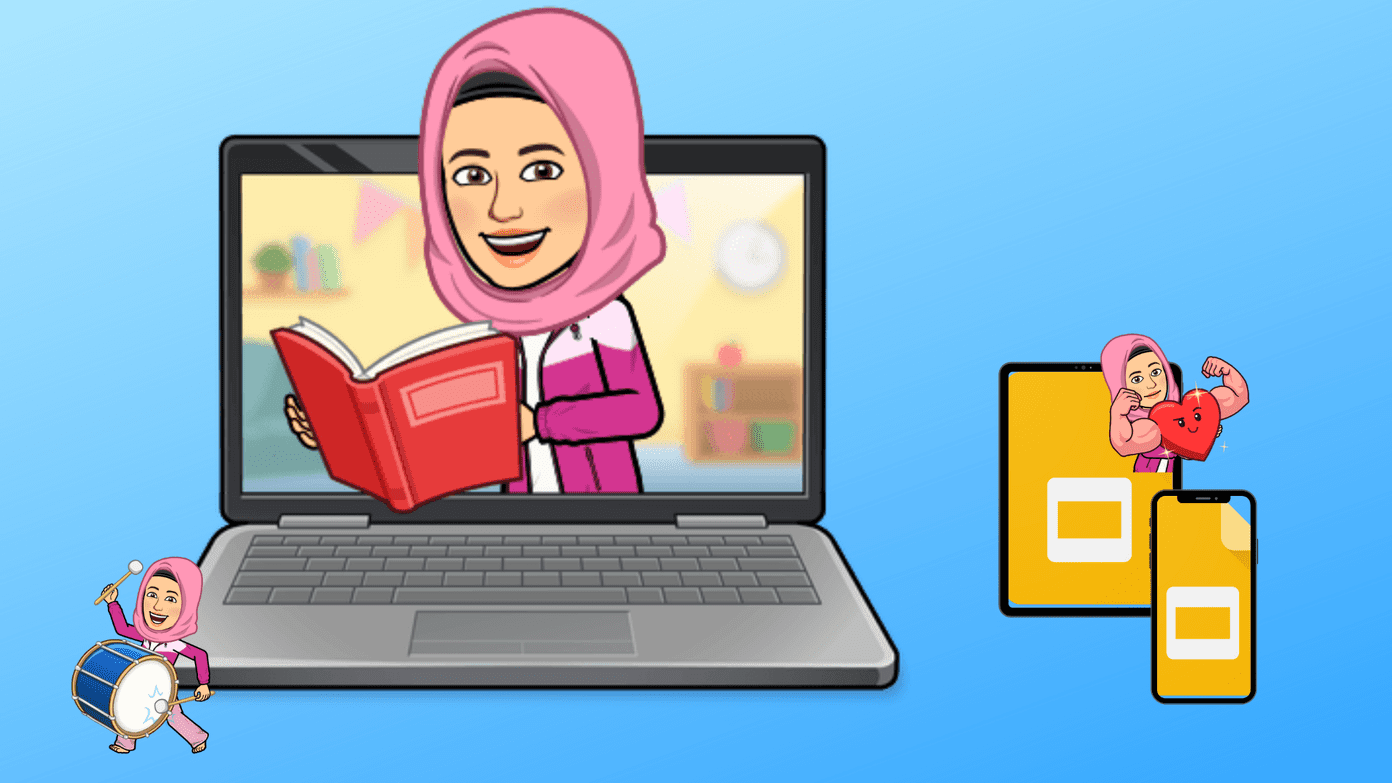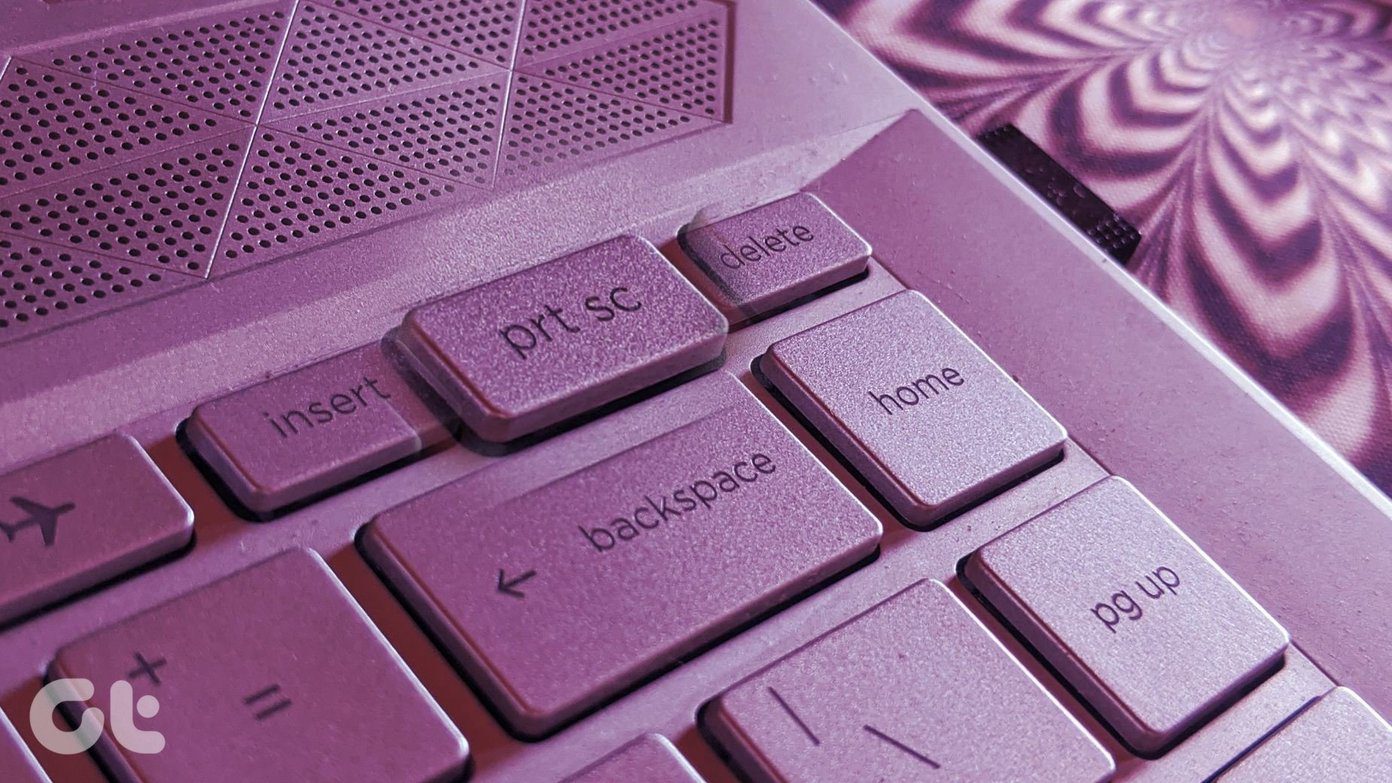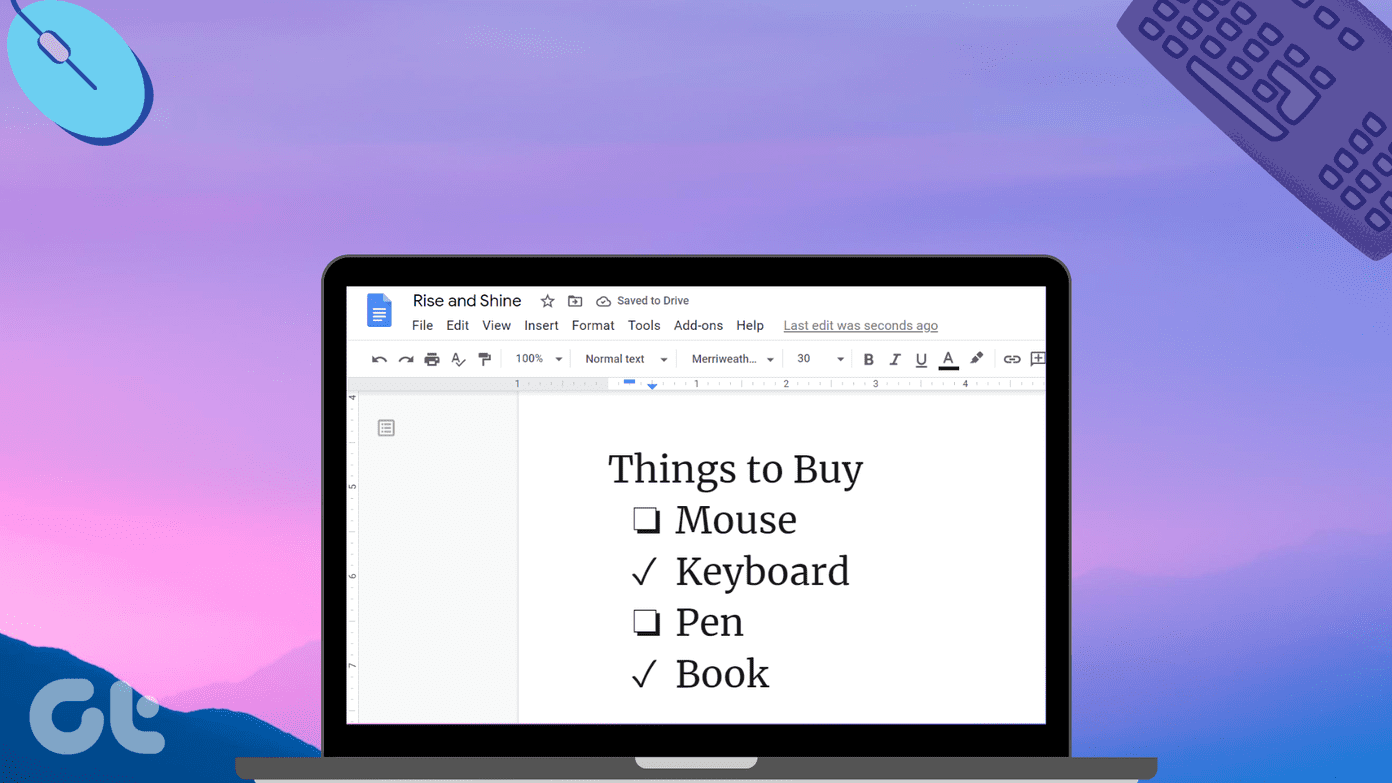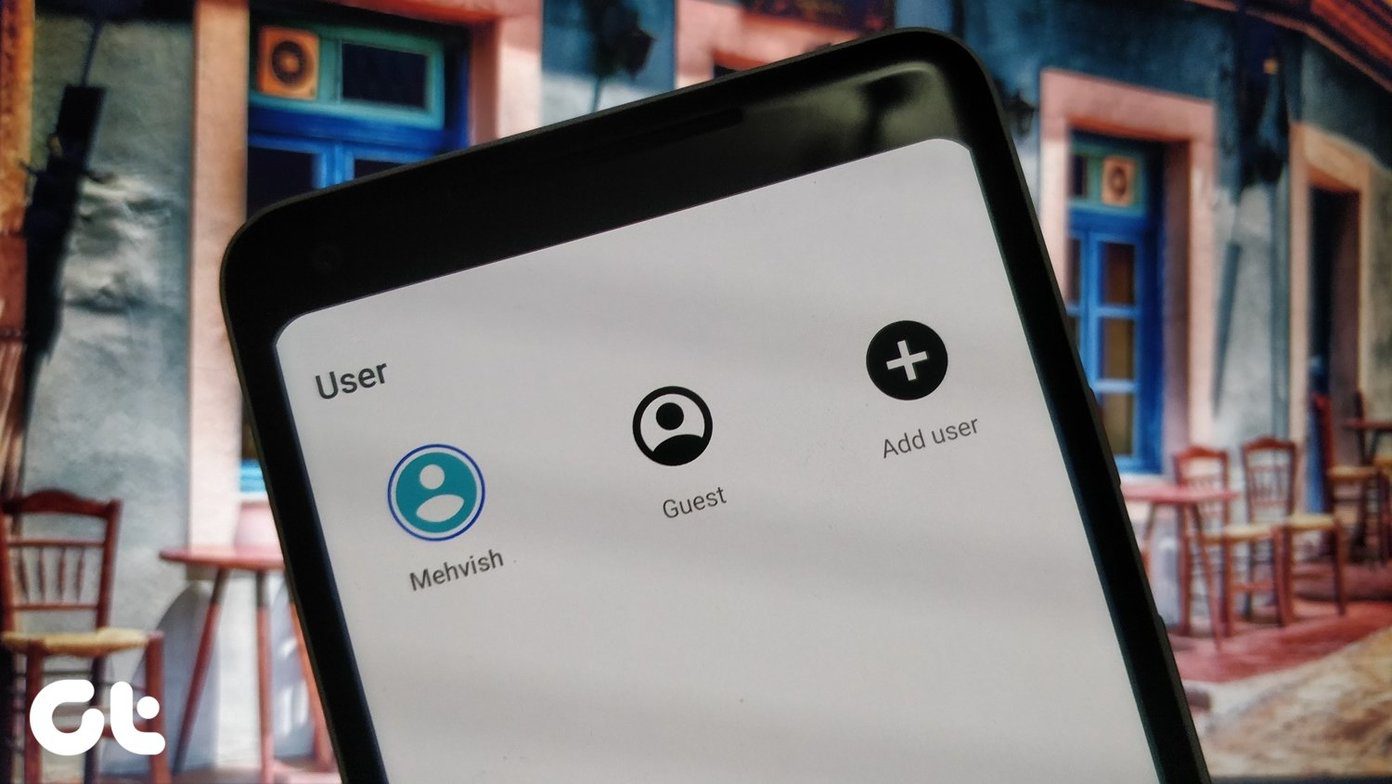The urgent calls you attend using your phones doesn’t have to reveal where you are. Besides blurring your background during video calls, here’s how you can change the background in Google Meet on Android and iPhone. Before we show you the steps, it is recommended to check for a version update of the Google Meet app on your Android or iPhone. As per Google Meet’s support page, the Google Meet team supports each app version for six months after its release. If you haven’t updated the app for quite some time, we suggest doing the same. Update Google Meet for Android Update Google Meet for iPhone The steps to change the virtual background in the Google Meet app remain the same for Android and iPhone users.
How to Change Background in Google Meet App
Keeping a virtual background can be very useful in creating a theme for your video calls, lectures, podcasts, webinars, and interviews. The virtual background can cloak your surroundings, and you can present yourself more professionally. Here’s how to change your background in the Google Meet app. The steps remain the same for the Google Meet app on Android and iPhone. Step 1: Open the Google Meet app on your Android or iPhone.
Step 2: Start a new meeting or join using a link. Step 3: After you join the call, tap on your Preview window at the bottom-right corner.
Step 4: After your Preview window is maximizes, swipe right in the Effects menu at the bottom to reveal the different options for virtual backgrounds.
Step 4: Tap on a virtual background of your choice. You get options for static and dynamic backgrounds.
We suggest selecting your virtual background by keeping your internet speeds in mind. For instance, a static background would be ideal for using your mobile data or a slower internet connection. After you select a background, it will appear behind your face during the video call.
How to Add Custom Background in Google Meet App
Let’s say you have to organize an online seminar for your students or host a presentation for your company. In that case, you can add an image highlighting the topic and theme of your presentation or seminar as your virtual background. Here’s how you can add a custom background in the Google Meet app. Step 1: Open the Google Meet app on Android or iPhone and start your video call.
Step 2: Before adding your participants, tap the your Video Preview in the bottom-right corner.
Step 3: Tap the Plus icon in the Effects menu at the bottom for adding your custom background.
Step 4: Select the image or video file you want to use as your custom background.
You will notice your custom background being added behind you. You can keep adding more such custom backgrounds for your Google Meet video calls by following the same steps apply to Google Meet app for Android and iPhone.
How to Delete a Custom Virtual Background
It’s possible that you no longer want to use the custom background and want to get rid of it from the Google Meet app. Here’s how to do it. Step 1: Launch the Google Meet app on Android or iPhone (check steps above)
Step 2: Tap on your Video Preview in the bottom-right corner.
Step 3: Long-press on the custom virtual background that you wish to delete.
Step 4: Tap on Yes in the prompt that appears on your screen.
The virtual background will be deleted from the Google Meet app. You can add a background again using the same steps mentioned above.
Customize Google Meet Background
Adding a virtual background using the Google Meet app will let you continue attending your video calls on the go. If you can’t add a background using your phone, you can choose to blur your surroundings during Google Meet video calls. But adding a background can make a big difference in presenting yourself in front of an audience. If you ever face an issue with Google Meet video calls, we have listed the solutions for both Android and iPhone. You can also schedule your Google Meet calls using Microsoft Outlook if you don’t want to use Microsoft Teams. The above article may contain affiliate links which help support Guiding Tech. However, it does not affect our editorial integrity. The content remains unbiased and authentic.
























